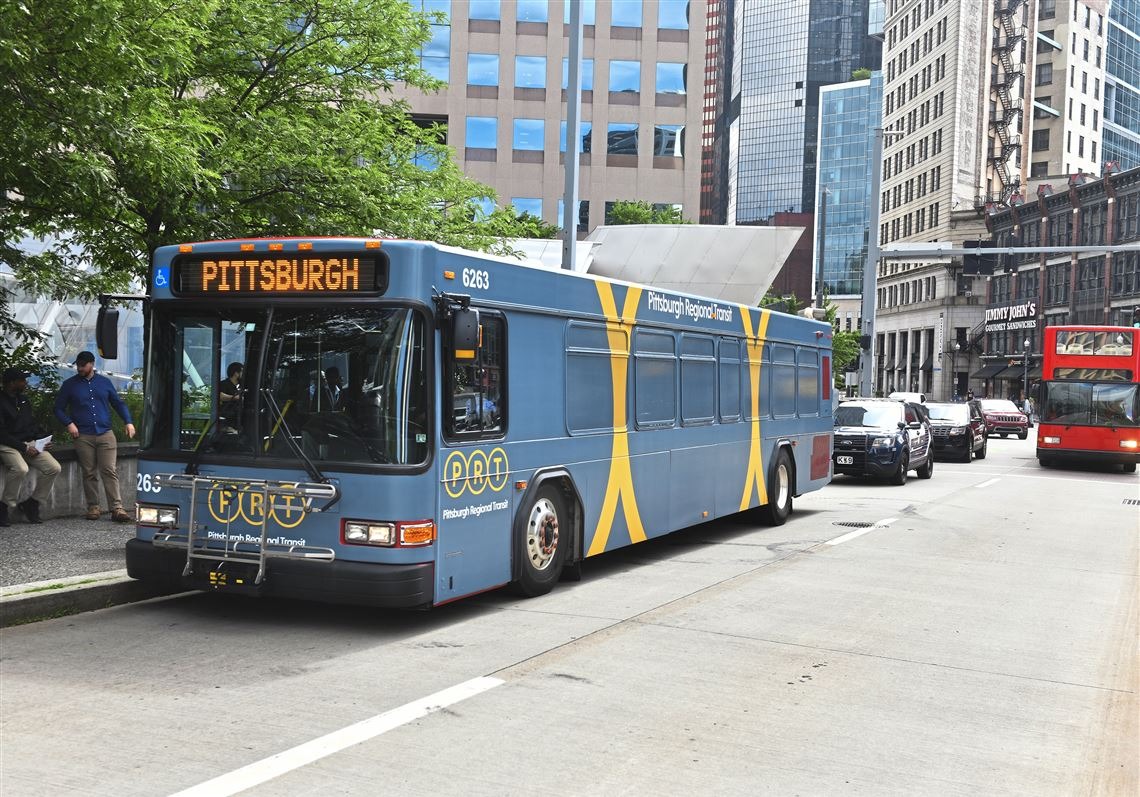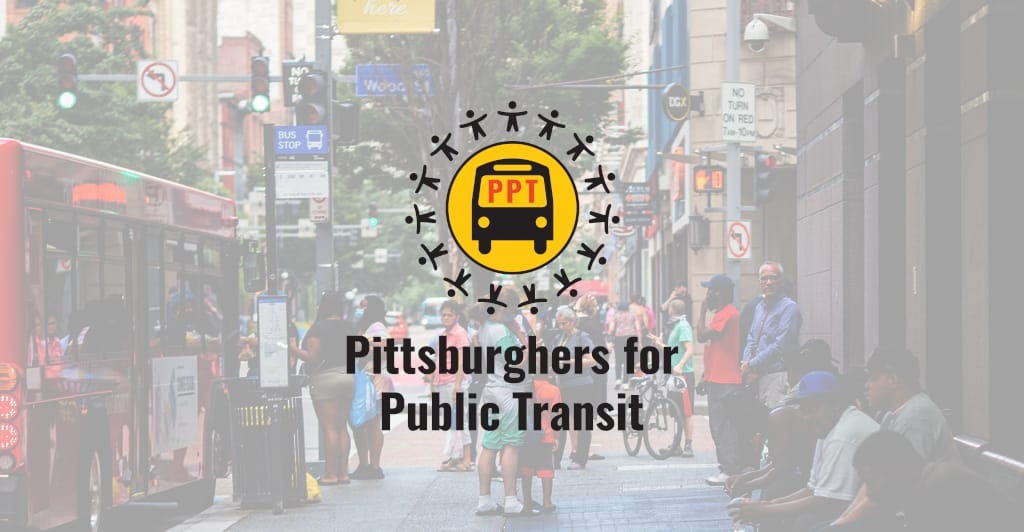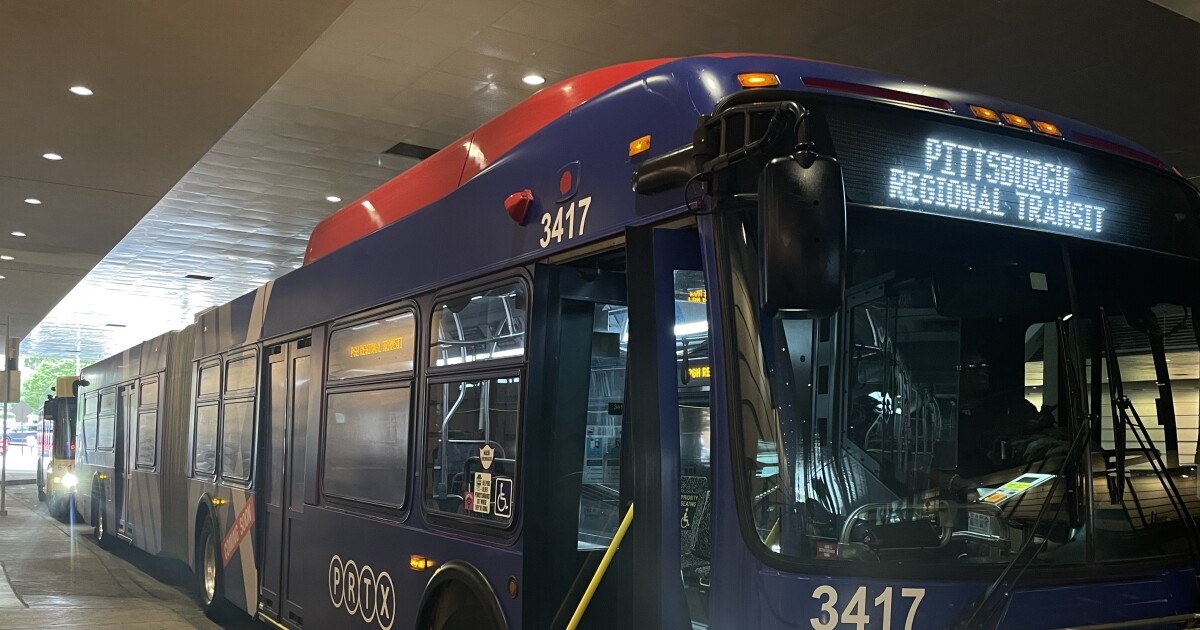On the chilly night of February 18, travelers found themselves waiting in freezing temperatures at Pittsburgh International Airport for a bus that never arrived.
Among them was Armin Samii, a hopeful Pittsburgh Regional Transit (PRT) rider. Like many others, Samii relied on Transit, a widely used third-party app, to check the projected arrival time of the 28X bus.
However, as his brief wait stretched into an hour without any sign of the bus, Samii faced a dilemma: whether to opt for an expensive Uber or Lyft ride instead. Reflecting on the situation, he expressed regret at having taken a chance on public transit.
Samii’s frustrating experience is not uncommon. Many riders have encountered what is colloquially known as “ghost buses” – buses that appear on bus tracking apps but never materialize in reality.
Adam Brandolph, PRT’s director of public relations, attributed this phenomenon primarily to a shortage of bus operators, an important challenge faced by transit systems nationwide.

Pittsburgh Regional Transit (Credits: Pittsburgh Post-Gazette)
In response to such concerns, PRT has announced plans to expand its customer service hours. This expansion aims to allow riders to report missing or late buses beyond the current operating hours. Brandolph emphasized that this initiative aligns with PRT’s commitment to improving the rider experience and addressing issues like ghost buses.
However, Pittsburghers for Public Transit (PPT), a group advocating for accessible public transit, remains wary of the challenges posed by ghost buses. Daeja Baker, PPT’s digital organizer, highlighted the importance of reliable and accessible information for transit users. She pointed out that while tracking apps can be helpful, they are only effective when they accurately reflect the real-time status of buses.
One such rider who has found bus tracking reliable is Hiro McCutcheon, a Pittsburgh resident who frequently uses TrueTime, PRT’s bus tracking service. McCutcheon expressed confidence in the accuracy of TrueTime and similar apps, which have become essential tools for scheduling his daily commute.
Scott Vetere, PRT’s director of transportation technology, shed light on how bus tracking data works. Each PRT bus is equipped with a computer that tracks its location and sends real-time data back to PRT. However, discrepancies in bus tracking can occur due to various factors such as operators failing to log in, patchy cellular coverage, or buses deviating from their planned routes.

Pittsburghers for Public Transit (Credits: Pittsburghers for Public Transit)
To address these challenges and improve reliability, PRT is implementing a new system called “disruption management.” This system will proactively notify riders about late arrivals, ghost buses, and detours. Riders can sign up to receive alerts specific to their stops or routes, enhancing their ability to navigate the transit system effectively.
Despite the ongoing issues with ghost buses and bus tracking discrepancies, Samii remains optimistic about the potential for improvement. He views public transit as a vital lifeline for those without private vehicles and believes expanding customer service hours is a step in the right direction.
The final halt is that, while ghost buses and bus tracking challenges persist, PRT’s efforts to enhance customer service and implement innovative solutions like disruption management signal a commitment to improving the total transit experience for riders in Pittsburgh.























